Nepal has significant populations of Tigers Leopards and Snow Leopards. Historical knowledge would state that tigers rule on the countries southern plains, Leopards rule in the mid country hill region and Snow leopards in the Himalayas.
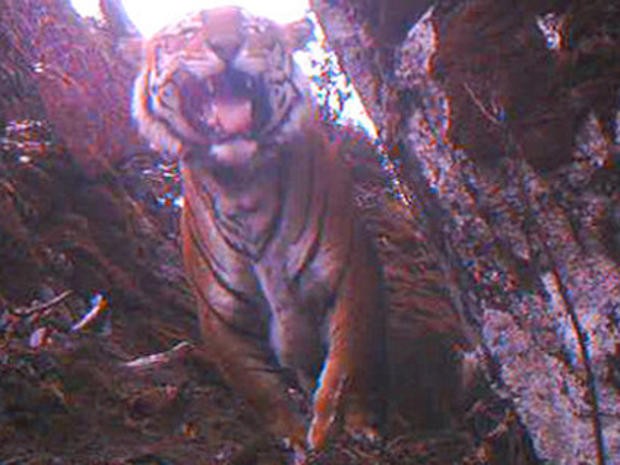

Wildlife and conservation new, wild travel information and links for booking
Nepal has significant populations of Tigers Leopards and Snow Leopards. Historical knowledge would state that tigers rule on the countries southern plains, Leopards rule in the mid country hill region and Snow leopards in the Himalayas.

One proposal, is named as half earth. The idea is to set aside half of the land on earth as a human-free nature reserve in order to preserve biodiversity, proposed by Eo Wilson.

The clean energy transition is accelerating in some parts of the world. It is often cheaper to install solar or wind turbines, than to continue to buy coal to keep using the coal power plant, never-the-less this has not stopped developing countries from failing to make the change.

With the advent of large numbers of zoos – with healthy collections of animals from around the world, the loss of a species in the wild can sometimes be reversed.
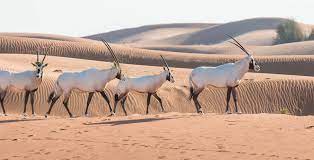
Unfortunately the history of the Oryx is not good. By 1800, its range had become severely restricted throughout the Arabian peninsular. Pressure merely increased after this. By 1948 Oryx had been hunted to near extinction, particularly after the advent of the motor car, allowed access to previously safeholds. In 1972, the last few Arabian Oryx were living in Oman, and were killed a few weeks later.
A mixture of overgrazing by livestocks, and capture for private collection were of lesser importance of this species extinction in the wild, but proved also to be its saving grace.
Today, there are thought to be about 1200 wild Arabian Oryx (1 of four Oryx species) living in Saudi Arabia, with a further 6-7000 living in the wild.
This means that this species has gone from being extinct in the wild, to merely vulnerable (as classed by the IUCN) the first to ever do this.
The process started in 1986 when 50 individuals were transferred to a research centre in Saudi Arabia. At this point only a few hundred survived in captivity. To add to the complication, many were found to be severely infected by TB. While in normal species any infected animal would be killed this could not be done. Instead they were treated with various drugs, any young born to infected females would be taken away and hand-reared, as TB can be transferred in the mothers milk.
In 1989 the first Arabian Oryx were rereleased into teh wild in central Saudi Arabia. A decision was made to enclose allof the reserve 2553 square km, about the area of Dorset, though this was good for the other wild life in the area, which included Arabian gazelles, red-necked ostrich and Houbara bustards.. This reserve now has over 500 of these Oryx making it the biggest wild population.
Later Oryx were released into a large reserve into the south of the country, and these have become established with a population of about 100. While small, this is the largest fully free ranging population int he world.
There is still much to be done. Currently, work is being done, to create cross border reserves with the UAE, Oman and Yemon -the other countries of the Arabian Peninsula. If this works, then the Oryx will become a full feature of the whole of the Arabian peninsula as it once was.
The cheetah have arrived in India, and have been introduced into enclosures within the Kuno national park. At the current time, the enclosures are just 15x30m so a similar size to a large zoo enclosure. They will stay in this enclosure for a month in order for the team to be sure that their health is good.
After this, they will be shifted into a 1 kilometre square enclosure for up to another 4 months before being released fully into the Kuno national park.
A further 12 cheetah will be transferred next month with roughly 50 agreed to be transferred over the next few years.
The simple question, though, is that cheetah do not do well in small reserves in Africa, as they cannot compete with large cats like lions or leopards (or in India, Tigers). With far less space, and a much greater density of people in India, is there going to be space for the returning cheetah? Furthermore, this situation is not likely to improve in the near future: predictions are that, without a significant break on fertility rates, India’s population could exceed 2 billion by the end of the century. In this senario, it is hard to see how there is space for much wildlife at all.
Argued back and forth for decades (since their local extinction in 1952), the idea of reintroducing cheetah has never gone away for India. For the government, it is clearly at least partly a matter of pride – as the only home of the Asiatic lion, claiming over 50% of remaining wild tigers living within its borders, more than 10,000 wild leopards and even 4-500 wild snow leopards, cheetah was the only big cat to be allowed to go missing.

Even Cheetah is derived from the Hindi word Chita which means spotted one.
Continue reading “Namibian cheetah on the way to India for reintroduction!”Today is red panda awareness day. Many people are not particularly sure what a red panda is. Indeed, when I volunteered in a local zoo, I often found myself standing by the red pandas as so many visitors walk past without giving this little animal a proper look.
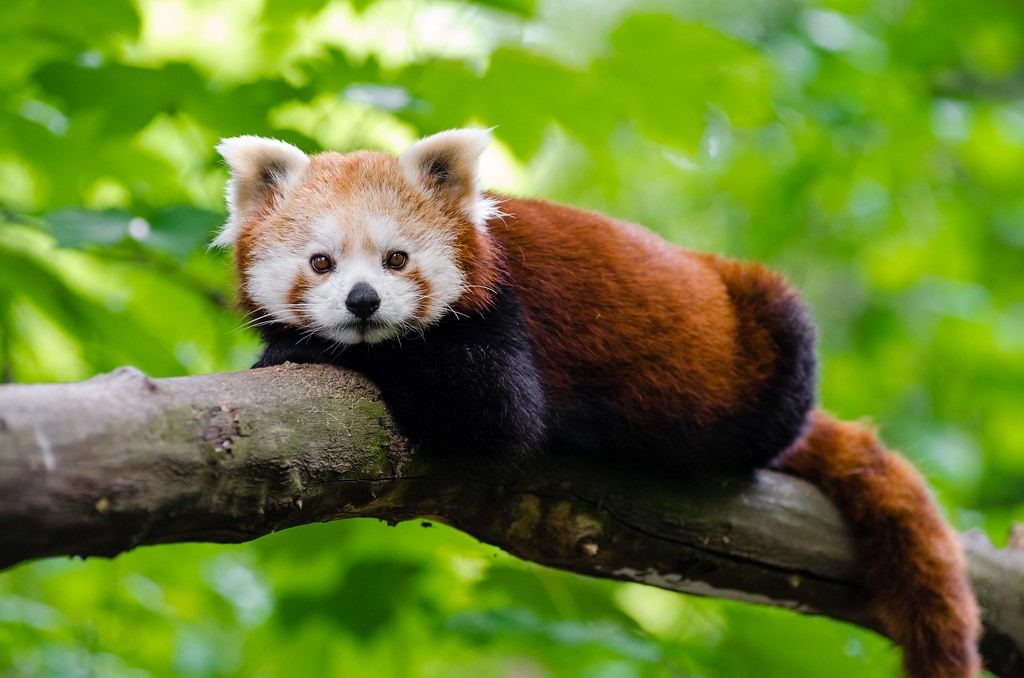
Although now considered the lesser panda, the Red panda was the original – indeed the giant panda was discovered later, and named because of similarities that they share. Panda is thought to come from the Nepalese words: “nigalya ponya” , which means bamboo eater.
Continue reading “Red panda awareness day”Gharials are a species of crocodile – only about 200 are thought to be living in the wilds of Nepal.
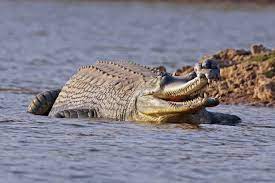
With a far more slender snout than other crocodiles, these animals are easily spotted.
Continue reading “What do we do when an endangered species starts killing critically endangered species? Tiger kills gharials”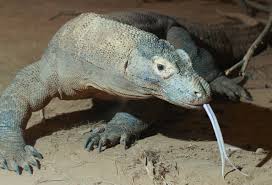
The concern by those who work in tourism with the Komodo dragons seems quite justified. They fear that this enormous increase in price will put off people from visiting, and therefore completely destroy the tourism industry.
It should be noted that this is merely the fee to visit the islands, anything the guides charge is on top of that.
Continue reading “Workers strike as Indonesia increases fee to visit Komodo dragons is increase by more than 18 times to £205”The long-tailed macaque is naturally found throughout southeast Asia. Often seen as pests, these generalists are highly intelligent and can survive on almost any food. As a result they have been considered commodities and therefore have been slaughtered for the bushmeat trade and captured as pets throughout many of the places where they are found.
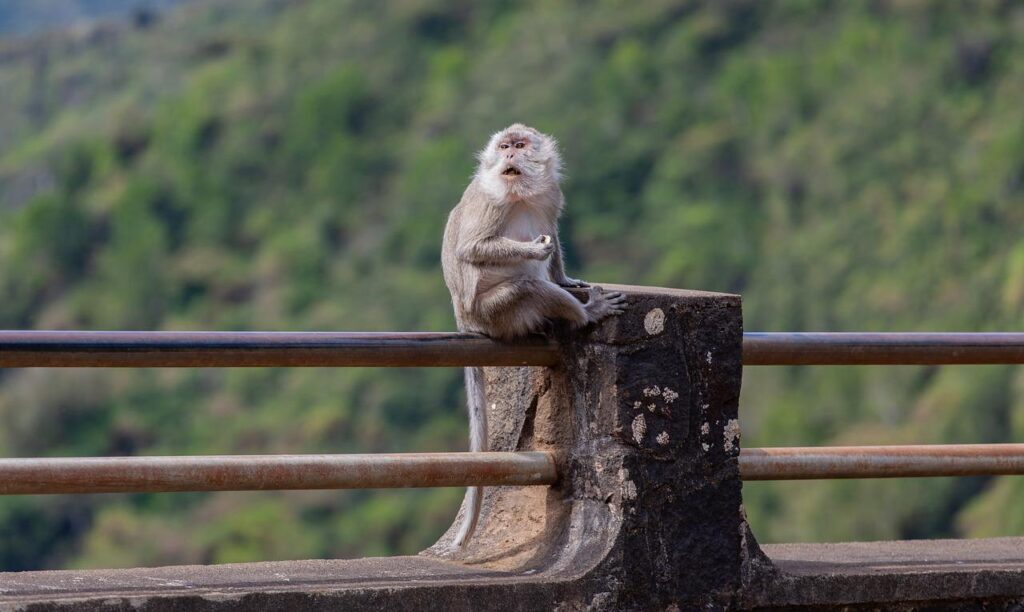
Even rapidly breeding primates are not going to be able to cope with this sort of pressure for long.
It is perhaps the pet trade that is the greatest danger. As with many other complicated pets long-tailed macaques are hard to look after in captivity and often develop behaviours that are difficult to handle. As a result the demand for their capture continues.
Perhaps of greater concern (for humanity, at least) is the fact that illnesses leak between macaques and humans surprisingly easily. Therefore having large numbers of these animals in captivity, in bad conditions, may well be breeding the next epidemic.
It is clear that the place for long-tailed macaques is in the wild in remaining rainforests, not as pets in wealthy people’s homes.
Can this species be saved? If it can’t there seems little chance for us to save many others, nevertheless as with many other species we must rapidly stop over exploiting this animal before it is gone forever.









Join as an ambassador supporter to
support this site, help save wildlife
and make friends & log in

